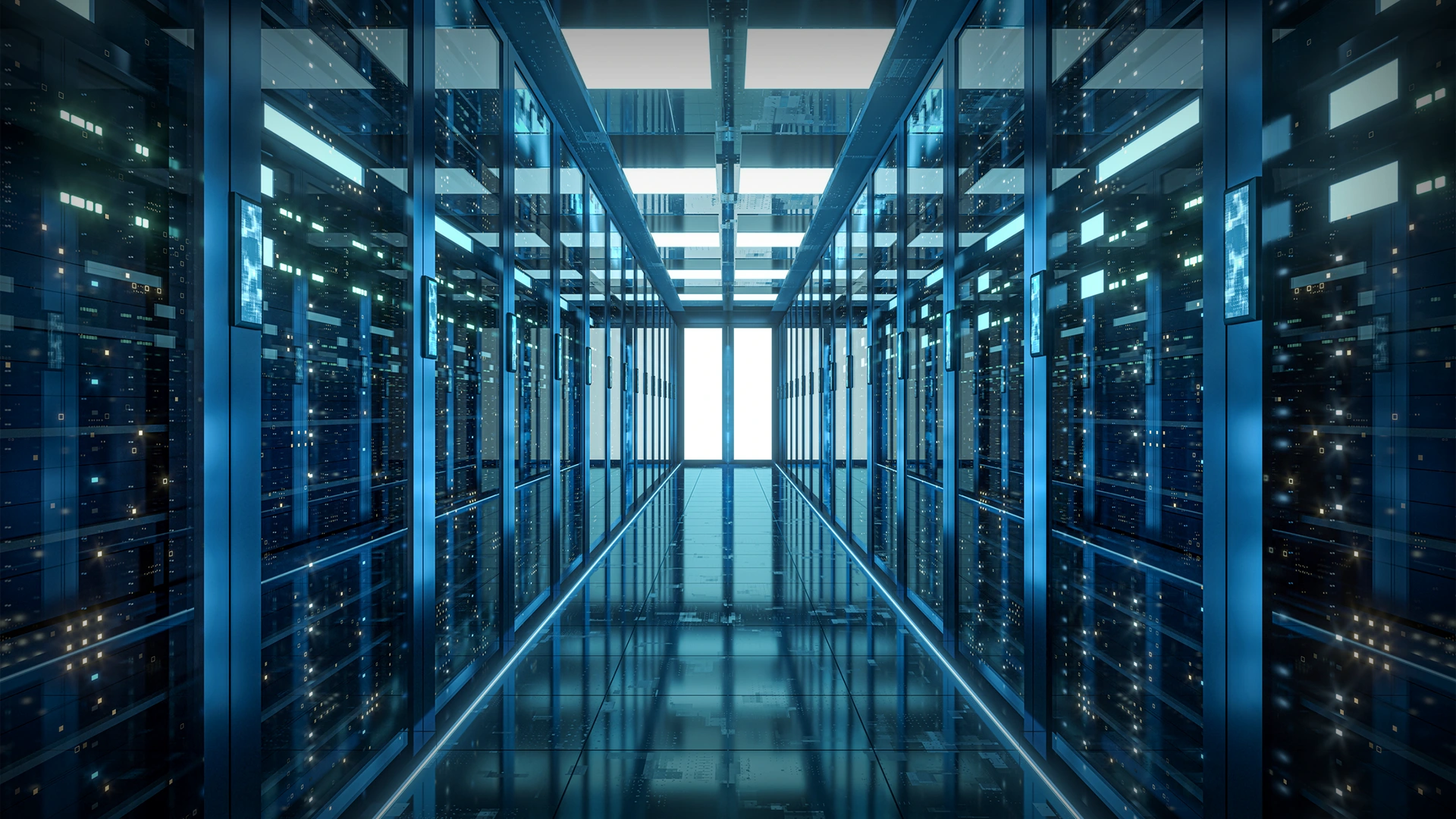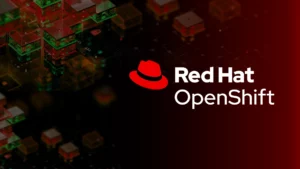AI and machine learning are changing the way data centers are built and managed. Networks designed years ago for traditional applications can’t keep up with the massive data transfers and low latency that AI workloads demand today. As companies work with bigger datasets and faster processing, they’re discovering that their existing networks need to evolve—and quickly.
In this post, we’ll explore the main challenges that come with running AI workloads in data centers and share how industry leaders like Cisco, Juniper, and Palo Alto Networks are addressing these issues. We’ll also look at how AI itself is helping improve network management once these systems are up and running.
The Main Challenges of Supporting AI Workloads in Data Centers
High Bandwidth and Low Latency Needs
Training AI models requires moving huge amounts of data between GPUs. Traditional network setups often create bottlenecks and delays that slow down these processes, which in turn delays results and insights.
East-West Traffic Bottlenecks
AI workloads generate heavy “east-west” traffic, meaning data flows mostly between servers inside the data center. Older network designs are more suited for “north-south” traffic (between users and servers), so they struggle to handle this internal data flow efficiently.
Managing Jitter and Congestion
The usual congestion control methods don’t work well for AI workloads, causing unpredictable delays and inefficient use of costly GPU resources.
Security Concerns Inside the Data Center
AI often deals with sensitive information, and traditional perimeter security models don’t fully protect the internal data flows where AI communication happens.
Day-2 Operations and Troubleshooting
Once deployed, AI networks need constant monitoring and quick troubleshooting. Many legacy tools don’t provide the real-time visibility or automation necessary to handle this at scale.
How Leading Vendors Are Helping Solve These Challenges
To meet the unique demands of AI, many organizations are turning to newer, more flexible networking technologies. Here’s how Cisco, Juniper, and Palo Alto Networks are making a difference in real-world scenarios.
Cisco: Accelerating AI Training with Nexus 9000 and RoCEv2
A global financial firm faced network congestion and latency that delayed AI model training. By using Cisco’s Nexus 9000 Series switches with RDMA over Converged Ethernet (RoCEv2), they enabled faster direct memory access between nodes, cutting down CPU load and network delays.
The result was a 50% reduction in latency and a 30% improvement in training times. The deployment also included NVMe over Fabric for rapid SSD storage access and Cisco’s Nexus Dashboard for real-time monitoring and automation.
Juniper Networks: Scalable and Secure Fabrics with QFX and EVPN-VXLAN
A cloud provider building an AI-as-a-Service platform needed a network that could scale quickly and handle high traffic securely. Juniper’s QFX switches with EVPN-VXLAN created a virtualized network fabric that adapts dynamically as workloads grow.
This setup reduced training times by 25% and cut packet loss. Features like Juniper’s Paragon Automation helped steer traffic intelligently, while MACsec encryption kept data secure without sacrificing speed.
Palo Alto Networks: Strong Security Without Slowing AI Workloads
A healthcare research center working with AI for medical imaging needed to protect sensitive data without adding latency. They deployed Palo Alto Networks’ PA-7000 Series firewalls featuring Zero Trust segmentation and hardware-accelerated threat detection.
This solution provided inline threat prevention at full wire speed and allowed inspection of encrypted traffic without bottlenecks. The organization stayed compliant with HIPAA and GDPR requirements while keeping latency below one millisecond.
Conclusion
AI is pushing data center networks to evolve faster than ever before. Whether it’s Cisco’s high-speed fabrics, Juniper’s flexible network virtualization, or Palo Alto’s security-focused designs, modern data centers are adapting to meet these growing demands.
At Gruve.AI, we combine expertise in data center design, security, automation, and AI to help organizations overcome these challenges and build smarter infrastructure.
Have you experienced challenges scaling your AI workloads? Share your thoughts below or visit us at Gruve.AI to see how we can support your journey.





